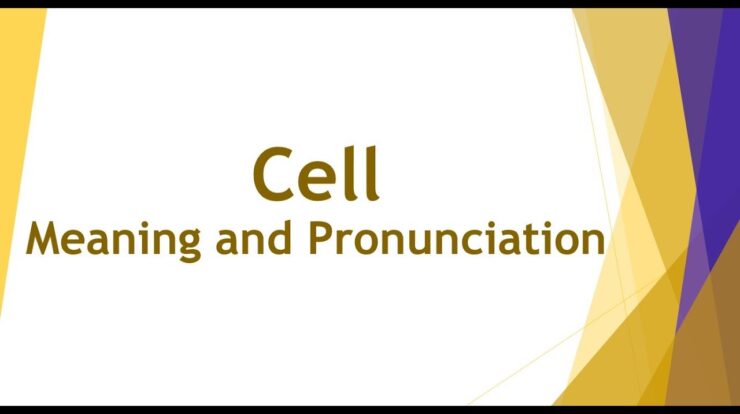
Cell language meaning unlocks the enigmatic world of cellular communication, revealing the intricate mechanisms by which cells convey messages to orchestrate biological processes. This profound understanding has far-reaching implications, paving the way for advancements in medicine, biotechnology, and beyond.
From the discovery of cell language to the identification of its components and mechanisms, this article delves into the fascinating realm of cell communication, shedding light on its significance and potential.
Definition and Origin of Cell Language

Cell language is a complex system of communication that enables cells to exchange information, coordinate activities, and maintain homeostasis within multicellular organisms. This intricate network of signaling molecules and pathways plays a vital role in regulating various cellular processes, including growth, development, differentiation, and immune response.The
concept of cell language has its roots in the pioneering work of scientists such as Santiago Ramón y Cajal and Charles S. Sherrington, who proposed that cells communicate with each other through electrical and chemical signals. Over the past century, advancements in molecular biology and cell biology have provided a deeper understanding of the molecular mechanisms underlying cell language, leading to the discovery of numerous signaling pathways and molecules involved in cellular communication.
Components and Mechanisms of Cell Language, Cell language meaning
Cell language relies on a diverse array of molecules, receptors, and signaling pathways to facilitate communication between cells. Key components include:
- Ligands:Molecules that bind to specific receptors on target cells, triggering a cellular response.
- Receptors:Proteins located on the cell surface or within the cell that bind to ligands and initiate intracellular signaling pathways.
- Signaling Pathways:Cascades of biochemical reactions that transmit signals from receptors to the nucleus or other cellular compartments, leading to specific cellular responses.
Cells communicate through various mechanisms, including:
- Direct Contact:Cells physically interact through specialized structures, such as gap junctions or synapses, allowing the direct exchange of ions and small molecules.
- Paracrine Signaling:Cells release signaling molecules that act on nearby target cells, affecting their behavior without direct contact.
- Endocrine Signaling:Cells secrete hormones into the bloodstream, which travel throughout the body and bind to specific receptors on target cells, even those located far away.
Examples of specific molecules and signaling pathways involved in cell communication include:
- Growth factors:Bind to receptors on target cells, triggering signaling pathways that promote cell growth and proliferation.
- Neurotransmitters:Released by neurons at synapses, these molecules facilitate communication between nerve cells and their target cells.
- Cytokines:Secreted by immune cells, cytokines regulate immune responses and cell-to-cell communication within the immune system.
Final Review
The exploration of cell language meaning has opened a new chapter in our understanding of cellular biology. As research continues to unravel the intricacies of this language, we can anticipate groundbreaking applications that will revolutionize healthcare and shape the future of medicine.
FAQ Summary: Cell Language Meaning
What is cell language?
Cell language refers to the intricate system of communication that allows cells to exchange information and coordinate their activities.
What are the key components of cell language?
The key components of cell language include molecules, receptors, and signaling pathways that facilitate the transmission of messages between cells.
What are the different types of cell language?
Cell language can be categorized based on its functions and target cells, including direct contact, paracrine signaling, and endocrine signaling.
How is cell language regulated?
Cell language is regulated through feedback loops, inhibitors, and other regulatory factors to ensure proper cellular function.





